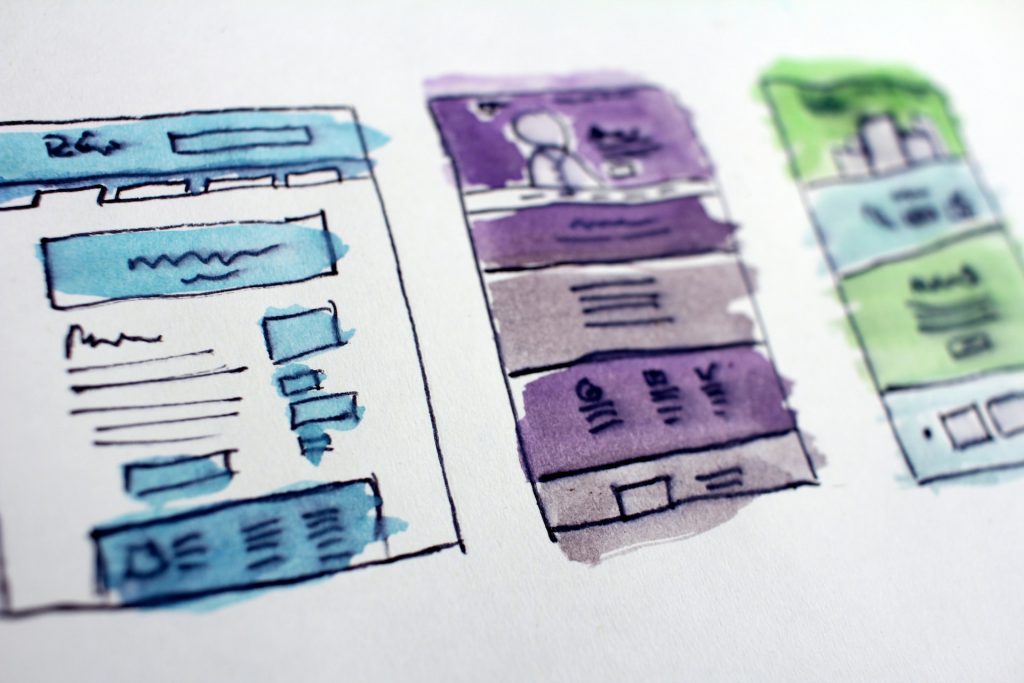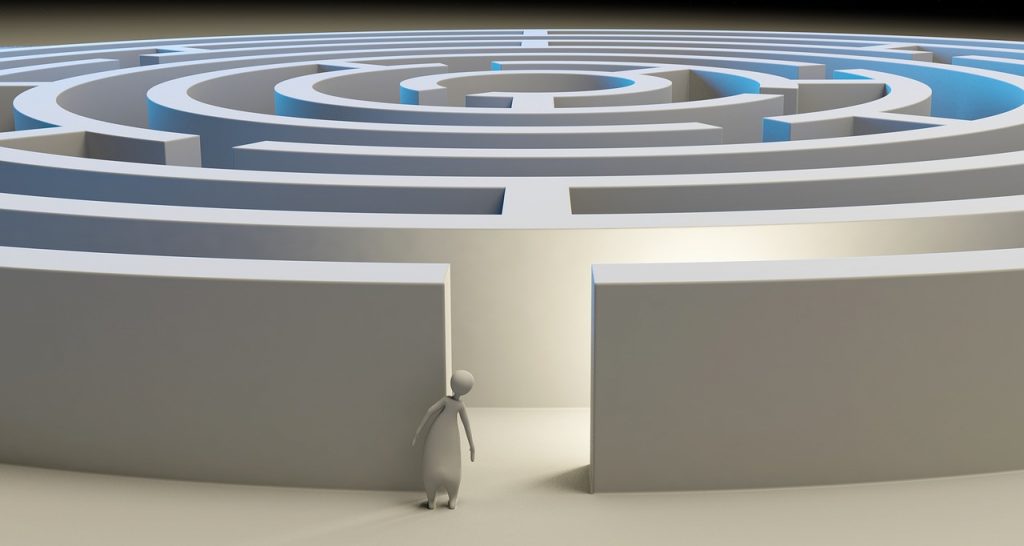How to Approach the Problem Solving Process

GUEST POST from Chateau G Pato
In the world of design, getting started with creative problem solving can feel intimidating if you don’t have a design background. Understanding how to approach a problem from a different perspective is key to success when it comes to finding viable solutions. In this article, we’ll be discussing the basics of design thinking and introducing two case studies that demonstrate how it can be used for both creative and practical problem solving.
What is Design Thinking?
Design thinking is an approach to problem solving that focuses on human-centered solutions. It was popularized by design firm IDEO, which is known for its innovative products, like the now-ubiquitous Apple Mouse and the Segway. Design thinking is based on the idea that creative solutions and useful products can be used to meet pressing needs in any project. When it comes to problem solving, design thinking encourages a multidisciplinary approach that includes ideation, prototyping and iterative testing.
At its core, design thinking is about asking the right questions and understanding what the user needs from a product or service. The process starts with an initial investigation into the problem, followed by brainstorming to find possible solutions. Once potential ideas have been identified, the next step involves prototyping and experimentation to discover the best approach. Iterative testing and user feedback help to identify areas for improvement, while also informing the end result. Ultimately, the design thinking process can identify both creative and practical solutions that address the original problem.
Case Study 1 – McKinsey & Co: Designing an App for the Nonprofit Sector
In 2020, McKinsey & Co partnered with the World Wildlife Fund to design a mobile app that would help the nonprofit sector better organize its data. In order to create a product that could truly serve the needs of the sector, the team began by conducting research on the current state of data management and the pain points among nonprofits. Once they identified the problem, they used design thinking to create a product that would solve it.
The team conducted interviews, ran surveys and observed user behavior in order to gain deeper insight into the nonprofit sector and better understand their goals. This enabled them to develop an app prototype that addressed the identified pain points and provided innovative solutions for the nonprofit sector. After consulting with the target audience and refining the product, the final version of the app was released and it quickly became a success.
Case Study 2 – Zenden: Delivering Smart Energy Solutions
This example highlights how design thinking can be used to create a product that meets current needs. Zenden, an energy-focused startup, wanted to create a smart energy system that would improve the efficiency of renewable energy sources and reduce carbon emissions. The team used the design thinking process to develop a solution that would meet this goal.
The team first conducted research on the current energy landscape and identified challenges stemming from energy availability and sustainability. They then held brainstorming sessions to come up with possible solutions and interviewed energy industry professionals to refine their ideas. After extensive prototyping and testing, the team was able to develop a solution that provided a reliable energy source and drastically reduced energy waste.
Conclusion
Design thinking is an invaluable tool for problem solving that allows creators to understand a problem from a human-centered perspective and come up with creative solutions that meet users’ needs. Both of the cases presented here demonstrate how design thinking can be used to create products that consider the needs of the user and deliver potential solutions. With the right approach, even those without a design background can create products that meet the needs of their audience.
SPECIAL BONUS: Braden Kelley’s Problem Finding Canvas can be a super useful starting point for doing design thinking or human-centered design.
“The Problem Finding Canvas should help you investigate a handful of areas to explore, choose the one most important to you, extract all of the potential challenges and opportunities and choose one to prioritize.”
Image credit: Unsplash
![]() Sign up here to get Human-Centered Change & Innovation Weekly delivered to your inbox every week.
Sign up here to get Human-Centered Change & Innovation Weekly delivered to your inbox every week.

